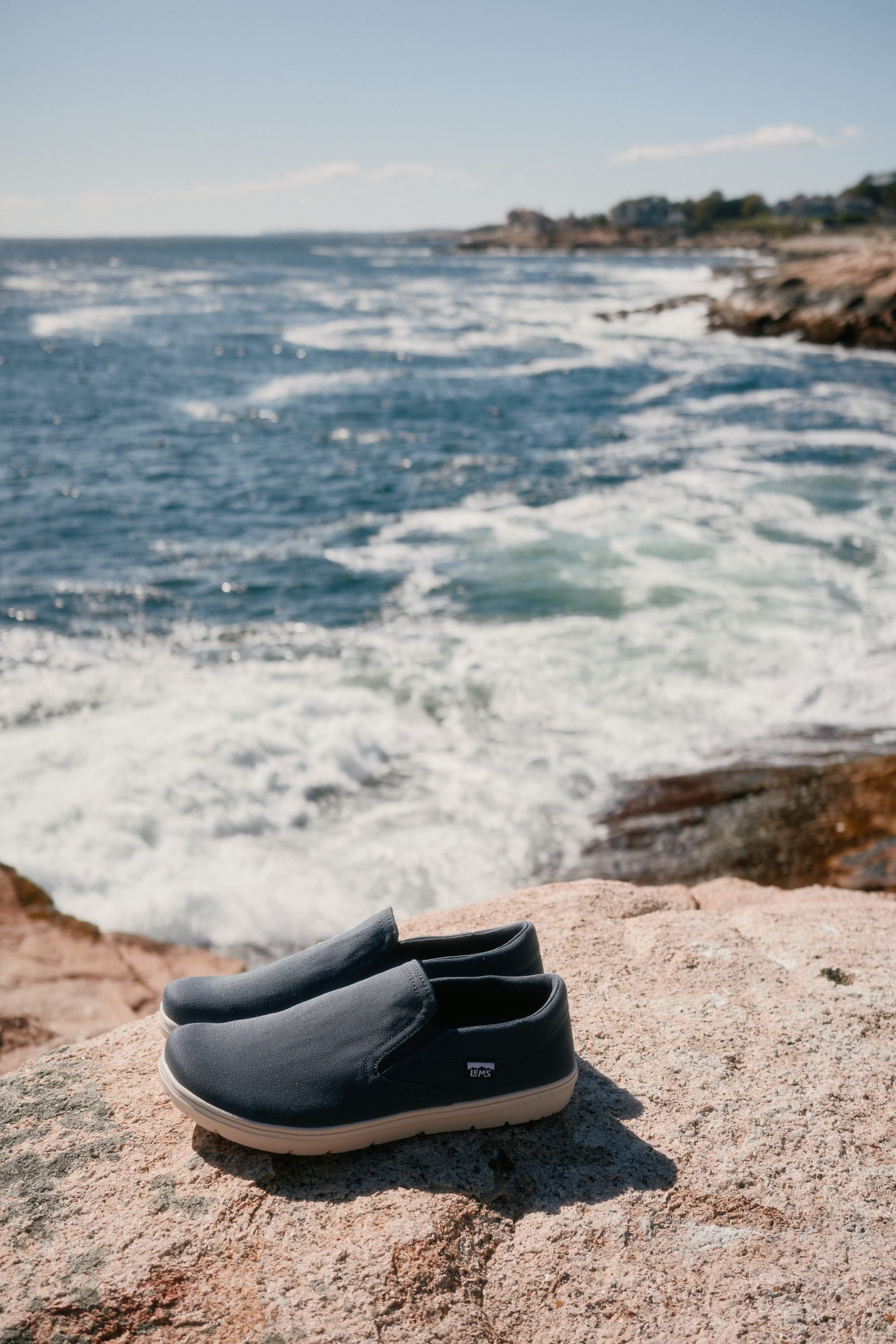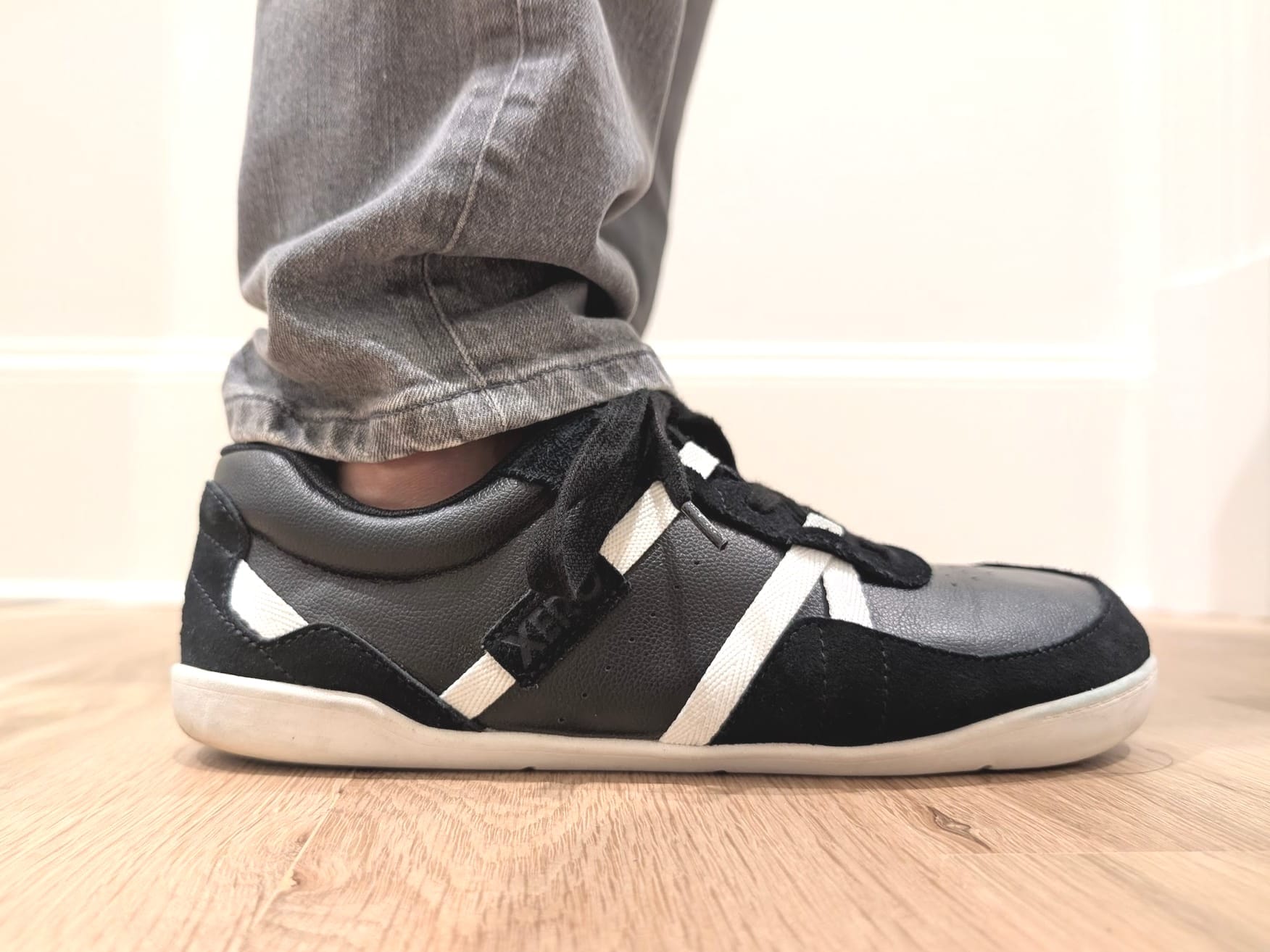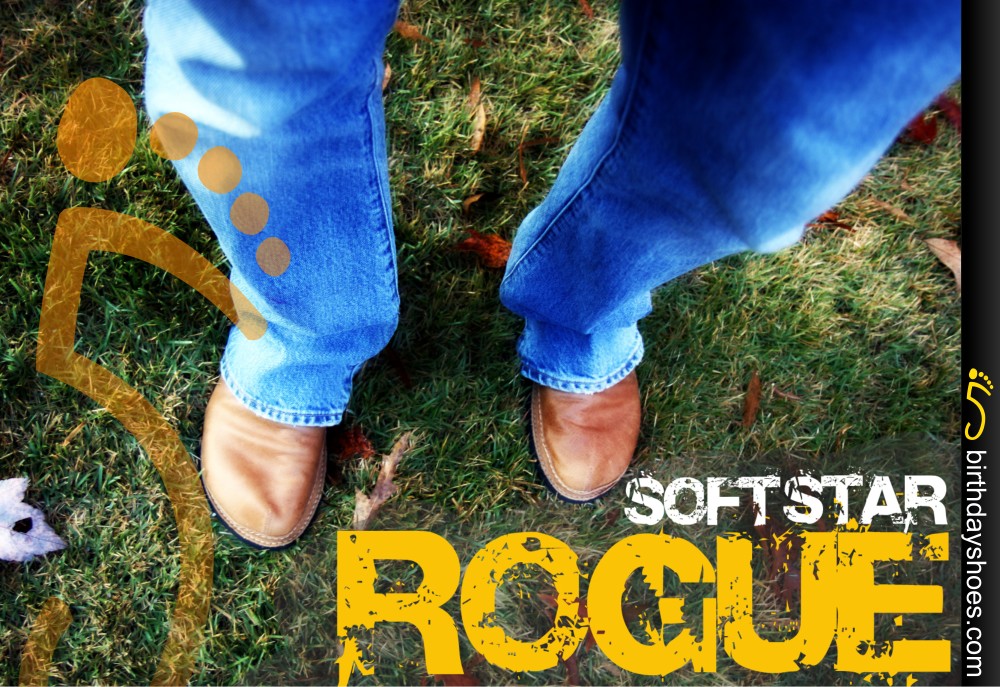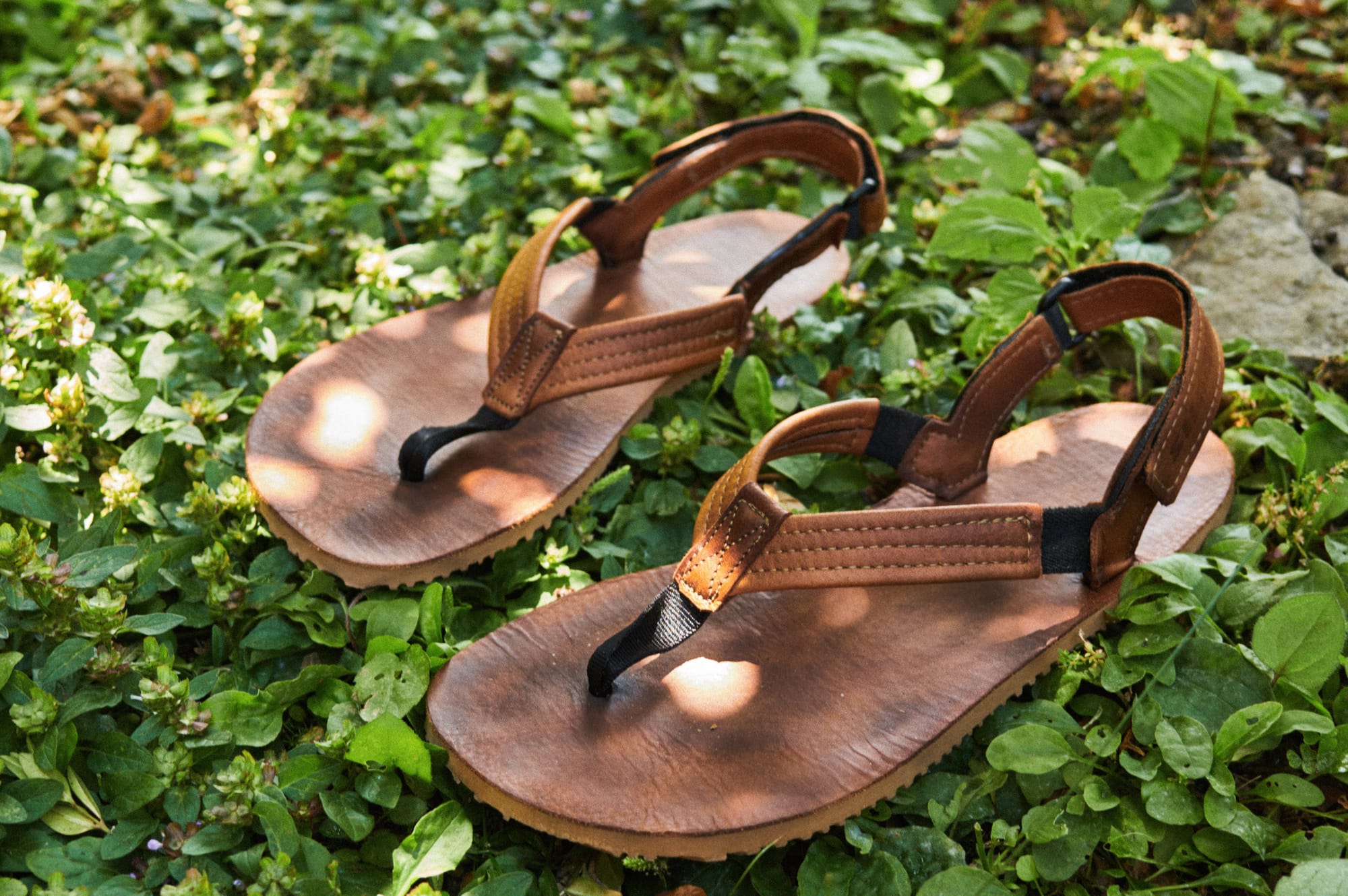FiveFingers and Flat Feet? Shin Splints? Slippery Surfaces?
Got the following email in the mailbag last night and got a bit carried away with my response so I figured I'd share the exchange below in hopes of helping others — and also if I'm missing anything, please add a comment to help G out further!…
Got the following email in the mailbag last night and got a bit carried away with my response so I figured I'd share the exchange below in hopes of helping others — and also if I'm missing anything, please add a comment to help G out further!

Hey,
I just want to say that your site is legit! You're very thorough and I learned a lot!
Here a few things I wanted to ask you:
Are vibrams for me? Which shoe should I try out first to get acclimated? I was a runner in HS and now that I'm in my mid 20's I can honestly say that I've gotten very very lazy and fat. My workout is going up and down the stairs and walking to a building from the parking lot. I've tried to get back into running but it's proving to be very difficult. I guess an important issue is that I have very flat feet. Oh and I get shin splints very easily!
Secondly, I slipped badly in the snow/rain once and now I'm pretty terrified about even walking in slippery conditions....which shoe performs best for wet/slippery conditions?
Sorry for rambling! After spending hours on your site I've deemed you the toe shoe expert. So please help!
-G
Hey G,
Are Vibrams for you? They are if you're interested in having healthier feet—whether you're a runner or not. Think about FiveFingers as a means to be close-to-barefoot while doing just about anything you can think of, including running but also running errands, working out, or simply playing. People do everything under the sun in Vibrams and if you think they're just for running, you really limit the benefits of picking up a pair.
Or don't pick up a pair and just try being barefoot out in public. Could be a fun experiment :)
What are the benefits of being barefoot or close-to-barefoot? Better posture, stronger legs and feet, less impact on your body, more of a connection to the world beneath you (And an increased awareness of your surroundings as a result), and an increased depth of sensation. All of the above spills over into other benefits that are less obvious: having less weight on your feet makes me feel more prone to play, break into a jog, or just move around. Toe shoes specifically are quite conversation starters, and while some find this a nuisance or feel uncomfortable with strangers checking out their footwear, I see it as another way to connect with others (even when my introverted self wants to be left alone).
If you pick up a pair of toe shoes (or just go barefoot more), bear in mind that you've got some foot rehabilitation in store — flat feet and shin splints are very likely related to your body having (mal-)adapted to modern footwear. If you've been running in and/or wearing heeled shoes (and who hasn't?), it's slowly degraded your natural, evolutionarily determined biomechanics and physiology. There are true experts on the human foot out there, but the arches of your foot (there are three) are supported by muscles in your feet and like any muscles, lack of use will weaken them over time. There are a few foot exercises you might try to rebuild your arches, and there are plenty of anecdotes of FiveFingers fans with flat feet developing an arch over time. Crazy, right?
Bear in mind that you're going to need to take it slow and be patient with the process. There are many things that are going to have to change — your body is going to have to get stronger as a lack of cushy shoes means your muscles will do more of the impact-dampening. Meanwhile, your brain is going to have to be reprogrammed to move without cushy soles, which have likely lengthened your stride and resulted in your legs being stiffer on impact with the ground. Your Achilles tendon is going to have to lengthen (it seems elevated heels in shoes can shorten your Achilles over time).
Just as much as your feet grew weak over years of disuse (likely a process that started shortly after you were a toddler), it's going to take awhile to get strong again. But it can be done and I encourage you to do it. Better now than later! Just be mindful about it and don't go run two miles on day one! Go outside and walk barefoot. You don't need shoes for that and it will make you aware of how different it feels to feel the earth on your bare skin. This is natural and the senses in your feet (plus your eyes!) are the best protectors against you hurting yourself by stepping on something sharp. Trust your body. And remember: Vibrams provide a lot of ground feel and are healthy for your feet (in my opinion) because they let your foot be a foot, but mind they do muffle the feel of the ground as compared to being fully barefoot. Walking barefoot on a concrete sidewalk or asphalt street is a feeling you probably haven't had since you were a kid. It doesn't hurt it's simply sensational. Go try it!
Re: Slippery/wet surfaces — some FiveFingers provide more traction on wet surfaces than others. VFFs were originally designed as boat shoes. Slippery surfaces like wet steel steps are just slippery pretty much no matter what shoes you have on. Wet concrete or floors don't seem too slippery to me in Vibrams.
The benefit of having a minimalist shoe for slippery surfaces is that you're more in touch with the ground anyway, so if you start slipping, you're more capable of correcting quickly.
Which pair to get? It's hard to go wrong with just picking a pair based on what is most comfortable for your feet. If you're on a budget, go with one of the basic models — KSO, Sprint, or Classic (listed in order of ease of finding the right fit with the KSO being easiest and Classic/Sprint being a bit trickier to get right). If you want to take it up a step, grab an LS version of the Bikila or KomodoSport as I think those are easier to fit and more comfy than their non-laced counterparts.
Anyway, apologies for the long response. Hope this helps!
Justin




